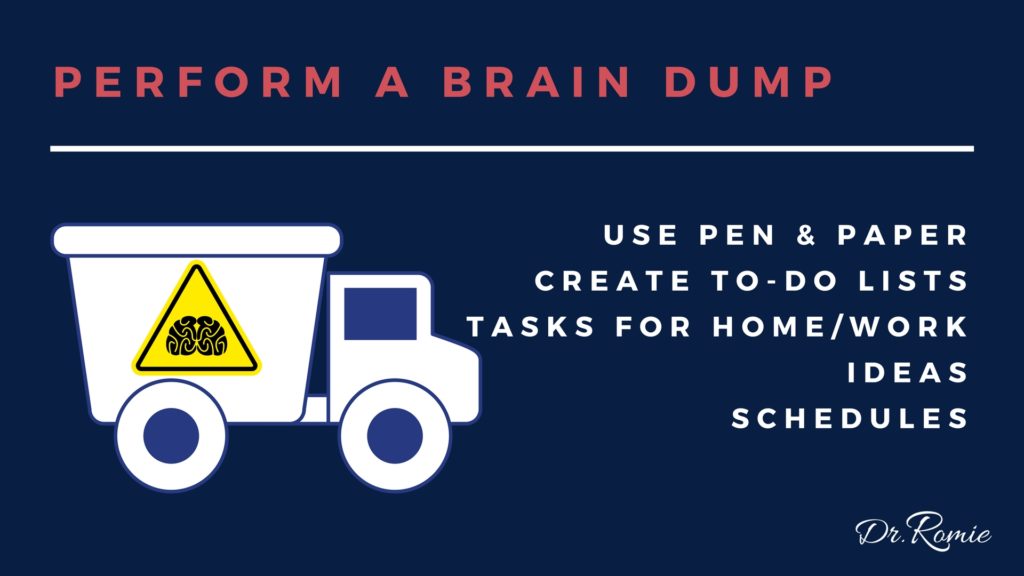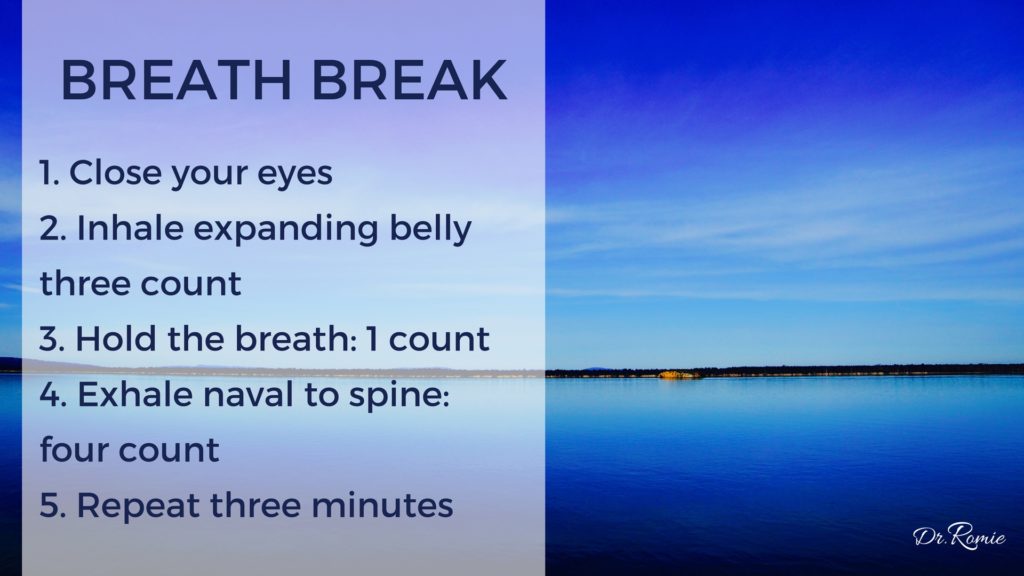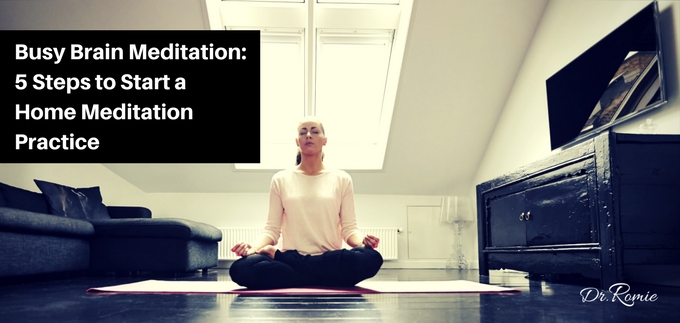TRY NIGHTLY DIGITAL DETOX FOR 30-60 MINUTES
The first step is what I call digital detox; removing the distractions from our minds. Digital devices create a busy brain from the blue light emitted from phones and computers, the worry we feel about emails, and the electromagnetic frequencies given off from devices.
This is a relatively new phenomenon brought on by this age of digital hyper-connectivity. As we start 2014, reports of insomnia are worsening in our population while profits from products promising sound sleep are skyrocketing. In early 2012, the American Medical Association recognized that “exposure to excessive light at night, including extended use of various electronic media, can disrupt sleep or exacerbate sleep disorders.”
Therefore, exposure to electronic stimuli and disrupted sleep are scientifically linked, and sleep problems have many more negative consequences than many might realize. A lack of sleep has been clinically linked to weight gain, depression, increased anxiety, heart disease and a whole host of other medical problems. Sleep deprivation also has been documented as a cause of car accidents, work-site injuries, and poor job performance. Sleep is sacred, and it is essential for health — mind, body, and spirit.
If falling asleep or staying asleep is a problem, we need to unplug. The distractions of emails and social media are not the only problem preventing us from quieting our minds. Even the blue light emitted from our electronic equipment has been scientifically shown to disturb sleep by suppressing melatonin.

SHUT DOWN YOUR BUSY BRAIN
If the thoughts are still going on, introduce the cognitive behavioral therapy exercise of writing down your to-do lists (see Busy Brain List Exercise below). The reason creating a “brain-dump” list is beneficial is that our senses of touch and sight come in contact with the writing. It signals our hippocampus to release these words from memory and emotions. This is one key step in shutting off our busy brains, especially as we try to calm the brain down prior to bedtime. Give this exercise a try for 5-7 nights before you dismiss the idea.
After that, typically if the brain is still wired, it’s a sign that maybe the cortisol levels and other markers of inflammation are elevated in the brain.

5 STEPS TO START YOUR MEDITATION PRACTICE
1. Breathe break: This step is to assist ourselves with self-awareness, to come into our body and the present moment and shut off the distractions around us.

2. The next step is what I call the waterfall part of the meditation. We allow all the thoughts and emotions that are flooding our brain, to come forward and for us to be present with them.

3. We progress then to what helps a lot of us who can get stuck in an analysis-paralysis, known as the thought bubble. We take one particular thought, emotion, or story that may be running through our brains during the day and imagine that we’re putting it in a bubble and watching all the thoughts and images float away in that bubble. It’s a beautiful way to detach from stories, ideas, or emotions that may be keeping our brains busy.

4. Then we sit quietly with a mantra. I chose the words, inhale calm and exhale peace, and then sit in silence.

5. End your meditation by setting an intention. An example is, “I welcome peaceful sleep.”
This meditation can be as short as starting with five minutes and then building up to twenty minutes. If you fall asleep while you’re doing it, that’s okay. As a meditation advocate, I think nothing makes me happier than when someone finds that place of calm consciousness.
If you needed to welcome sleep in your life, may it come abundantly and with ease.
Dr. Romie

